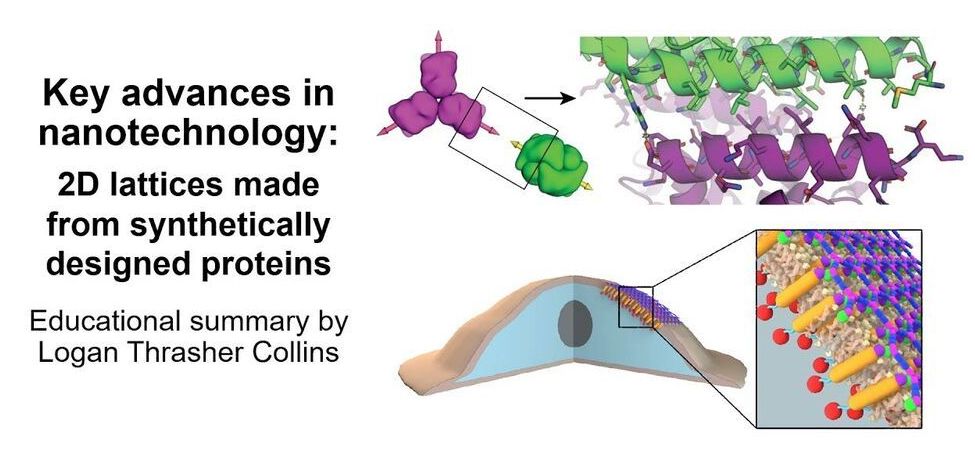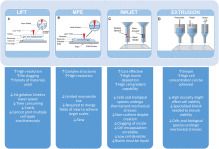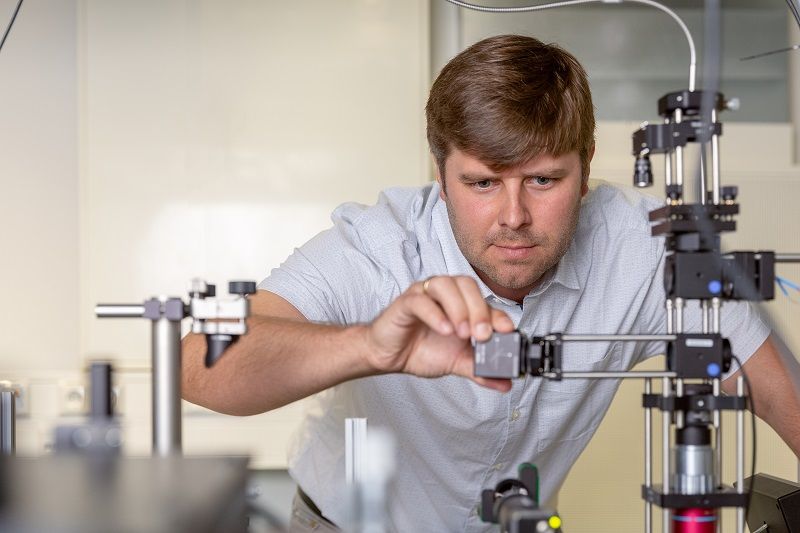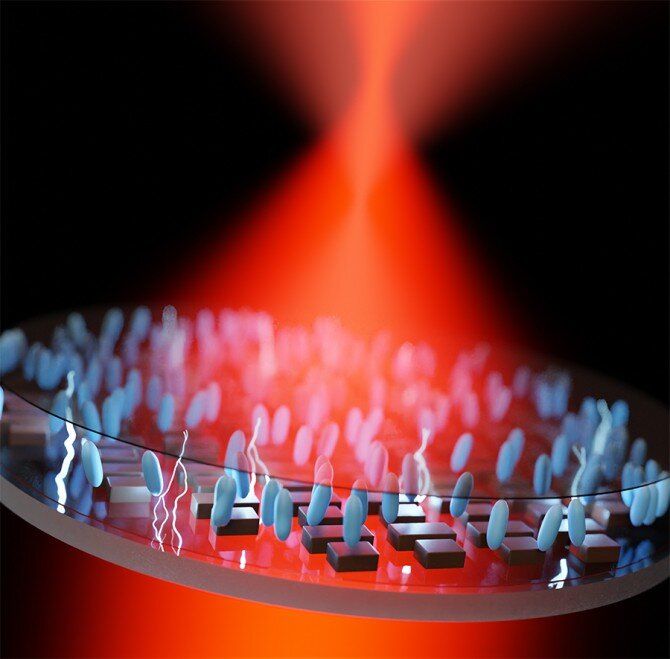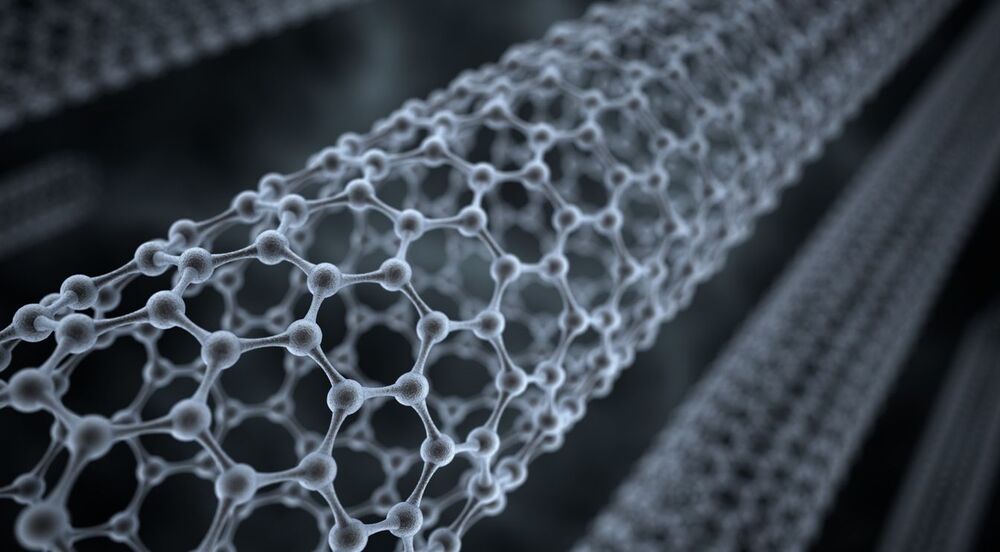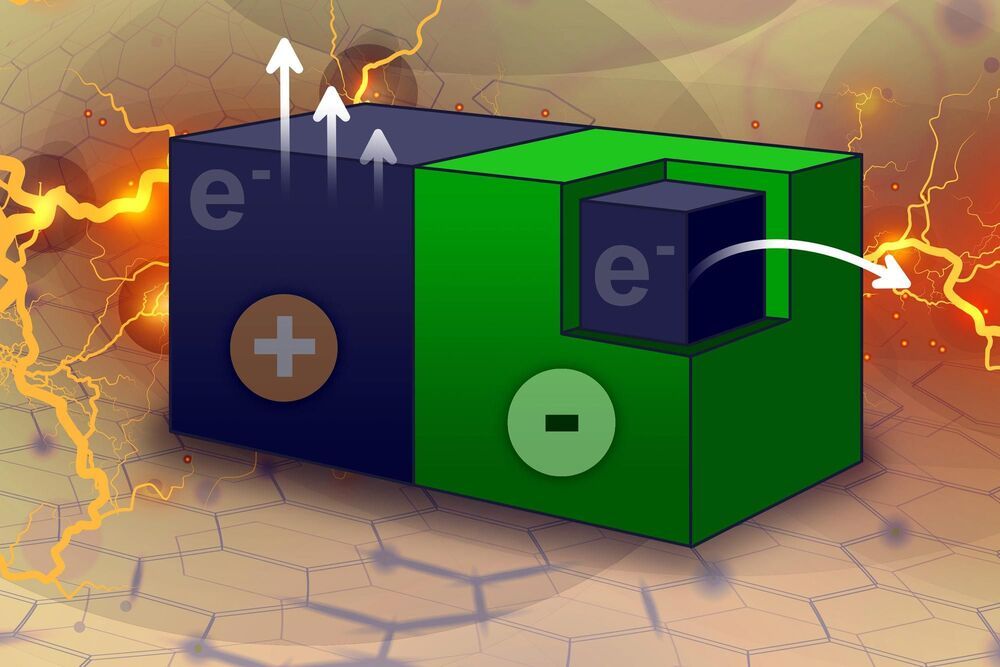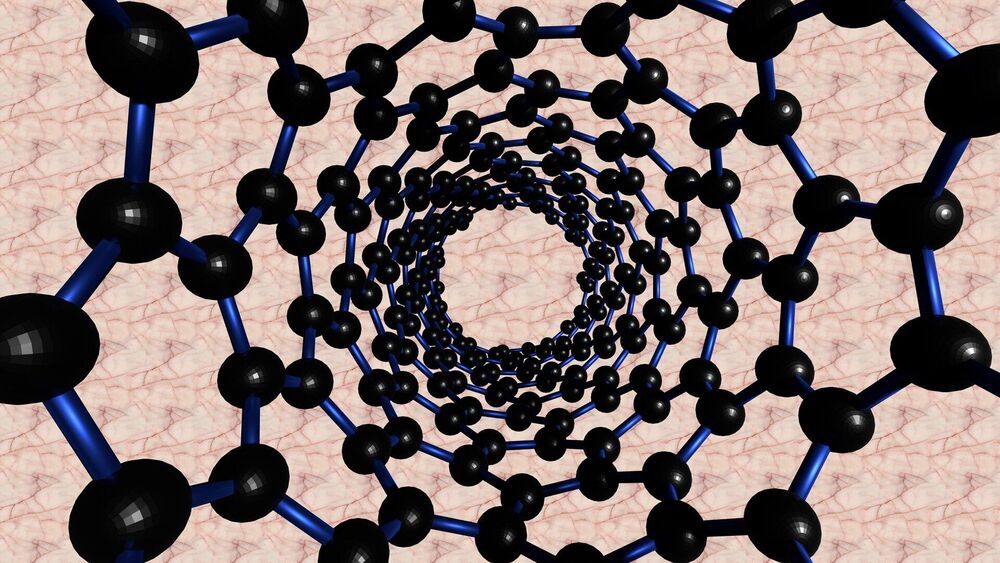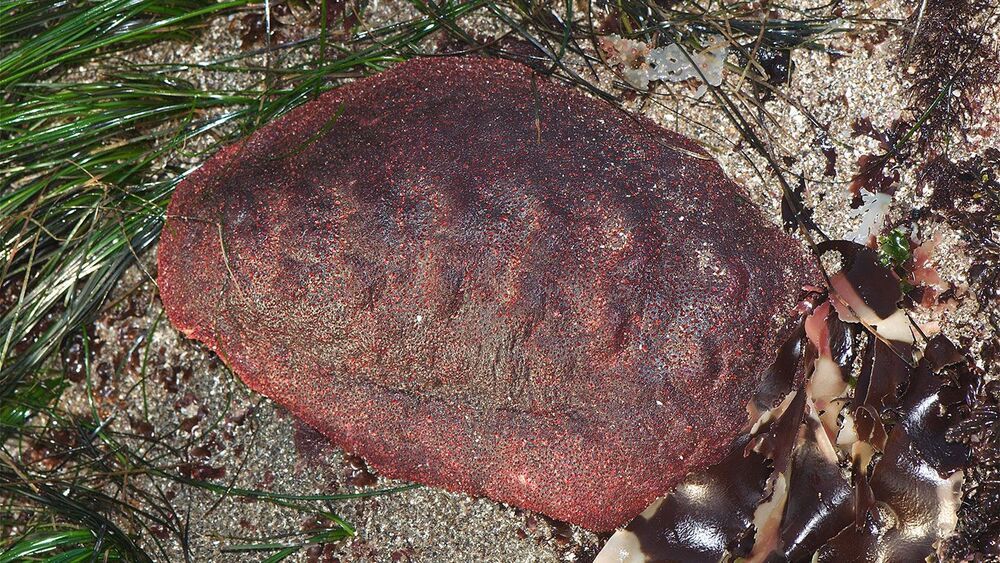Jun 16, 2021
Synthetic protein lattices explained
Posted by Logan Thrasher Collins in categories: bioengineering, biotech/medical, computing, nanotechnology, neuroscience
Check out my short video in which I explain some super exciting research in the area of nanotechnology: de novo protein lattices! I specifically discuss a journal article by Ben-Sasson et al. titled “Design of biologically active binary protein 2D materials”.
Here, I explain an exciting nanotechnology paper “Design of biologically active binary protein 2D materials” (https://doi.org/10.1038/s41586-020-03120-8).
